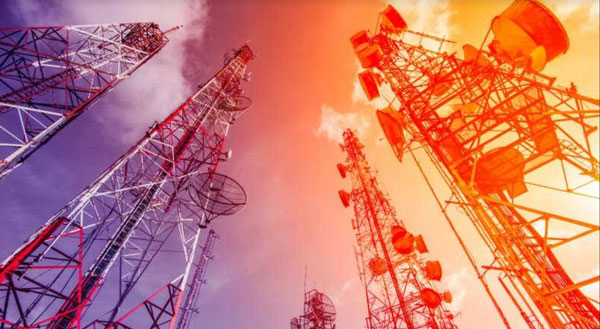
Kampala, Uganda | THE INDEPENDENT | Telecom mast installations have no discernible impact on human health, contrary to the claims made by a portion of the population, according to Eng. Irene Kaggwa, the executive director at the Uganda Communications Commission (UCC).
Eng. Kaggwa, states in a letter dated Aug.08 that extensive research conducted by renowned institutions, including the World Health Organization and the International Agency for Research on Cancer failed to yield substantial evidence supporting health risks associated with exposure to low electromagnetic field.
She says the country’s telecom masts are built following National Environmental Management Authority (NEMA) approval and that they operate at low power, produce low electromagnetic fields exposure levels in public areas and are specifically designed for the environment they are located in.
“Typically, base stations (masts) installed on the masts or rooftops are expected to operate within limits of exposure established by recognized bodies of scientists like the International Commission on Non-Ionizing Radiation Protection,” She said.
“These limits have been endorsed by the WHO and the International Telecommunications Union and adopted• by various governments around the world for the protection of people living and working around such installations.”
Eng. Kaggwa said the regulator also undertakes inspections of operational installations around the country to ensure that the emissions at the various telecom masts are within the limits. permitted under the recognised international guidelines.
This comes in response to a section of the population across the country protesting setting up of telecom masts in their localities, threatening the telecom’s ability to enhance quality of communication.
Currently, telecom companies including MTN are required to achieve 90% of the geographical boundary of Uganda– with a minimum obligation of providing voice and data services.
The Global System for Mobile Communications Association (GSMA) which represents the interests of mobile operators worldwide, uniting more than 750 operators and nearly 400 companies in the broader mobile ecosystem, including handset and device makers, software companies, equipment providers and internet companies, there’s no any link between telecom masts and illness particularly cancer.
“There has been speculation regarding claims of illness clusters (particularly cancer) near base stations (masts). However, subsequent examinations by independent health authorities have not identified any true clusters linked with either proximity to the base stations or the low-level radio signals they transmit,” GSMA said.
Uganda’s growing demand for mobile services has necessitated the expansion of telecommunications infrastructure, comprising of base transceiver stations – towers or masts, antenna, and other supporting equipment required to ensure appropriate network coverage and good quality of service and experience.
Currently, the country has more than 34million mobile phone subscriptions and thousands of telecom masts to facilitate communication.
 The Independent Uganda: You get the Truth we Pay the Price
The Independent Uganda: You get the Truth we Pay the Price




If it is true people shouldn’t be afraid.
I have a land here and it’s good to put a mast